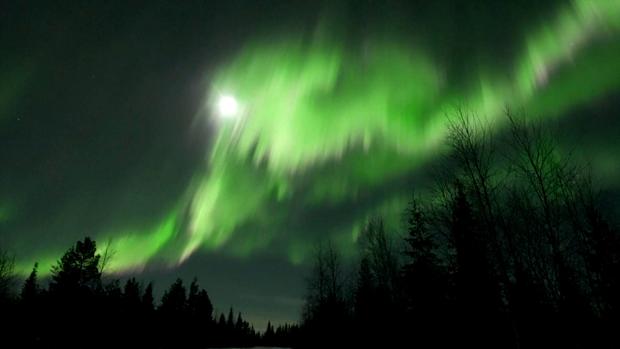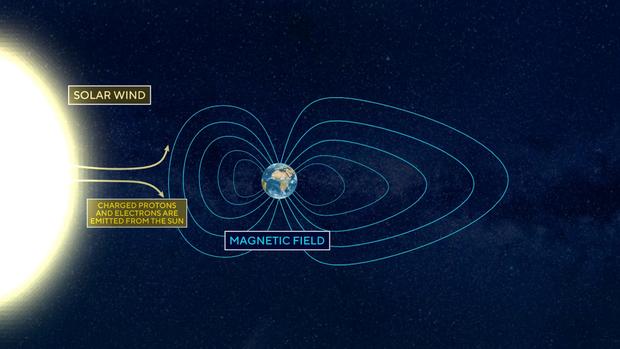Hey Ray: Space weather and the Northern Lights
PITTSBURGH (KDKA) - My main job is to talk about the weather here on Earth, but let's talk about space weather this time.
Space weather and weather on Earth are both tied to the Sun's activity and energy. It is the main driver of our weather.
We already knew that, though.
How the Sun acts, though, impacts many other things, like GPS, satellite communications, our climate, and even how we transmit electricity. These impacts are so important that the National Weather Service has a Space Weather Prediction Center.
When it comes to space weather, we are going to focus on the solar wind.
Solar wind is not like the wind we have on Earth. Solar wind is the outward flow of solar particles and magnetic fields from the Sun.
The solar wind is important because it can knock out GPS, it can knock out power grids, and satellite communications. The solar wind is also responsible for the Aurora Borealis, better known as the Northern Lights.
While a geomagnetic storm, which results from variations in the solar wind, can be detrimental to all those things I just mentioned, it can create one of Earth's greatest shows.
The Northern Lights.
When a geomagnetic storm occurs, the solar wind, which contains charged protons and electrons, is sent toward Earth. These particles follow Earth's magnetic field and enter the Earth where the magnetic fields are the weakest: the poles.
The electrons smash into all the different molecules that make up our atmosphere, creating a dazzling display of colors in the sky.
Since these particles hit the North and South Pole, there is a southern hemisphere version of the Northern Lights.
The official name of those is the Aurora Australis.
Whether you are in the northern or southern hemisphere, the light shows could come in very different colors. Those colors you see in the sky are based on the height of the aurora and the molecules being hit by electrons.
The highest auroras are typically red.
These are more than 125 miles up in the atmosphere, and where these electrons are colliding with oxygen molecules.
Between 60 and 125 miles up, you may see green or blue auroras. Blue auroras are caused by the electrons colliding with nitrogen and oxygen molecules are again to blame for the green.
Sometimes Pink auroras can be seen.
They are below 60 miles high, and the result of electrons hitting nitrogen molecules. According to the National Weather Service, protons cause faint auroras that are not easily visible to the human eye.
That is why we focused on the electrons.
It is rare, but the Northern Lights can be seen in Pennsylvania. Most of the ones we see here are red because we are seeing the tops of the auroras that are far north.
Occasionally a good show occurs, but it is quite rare.









